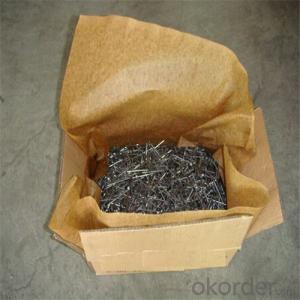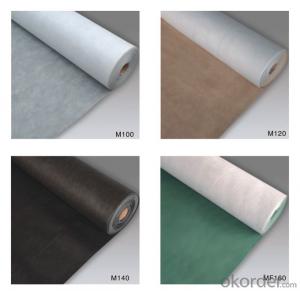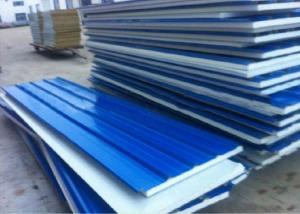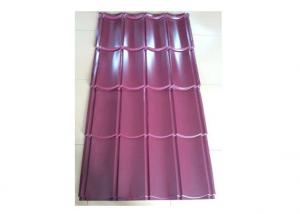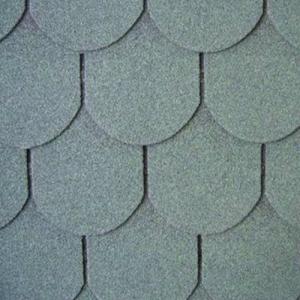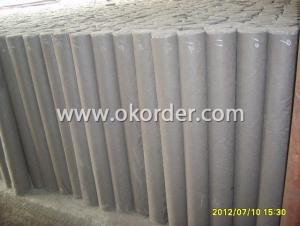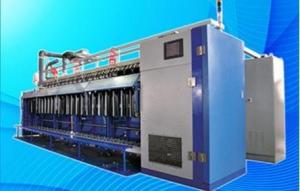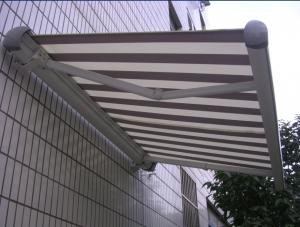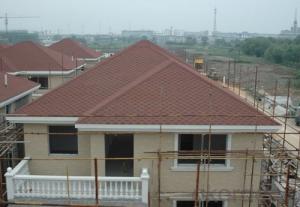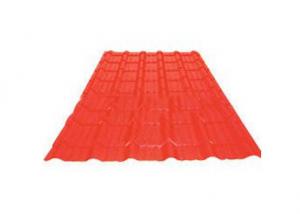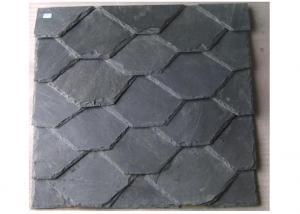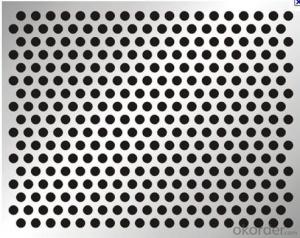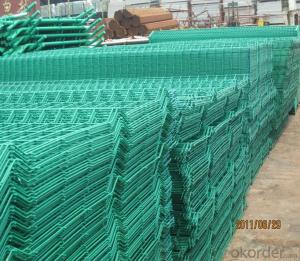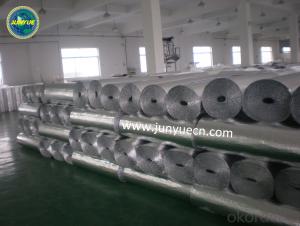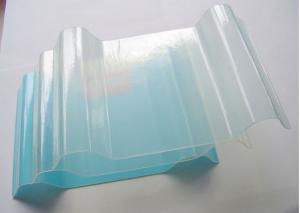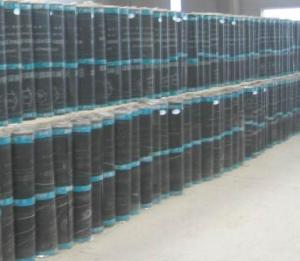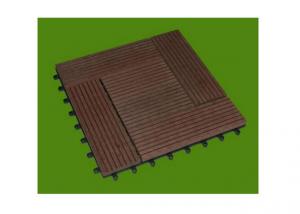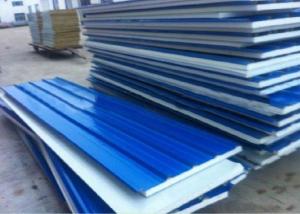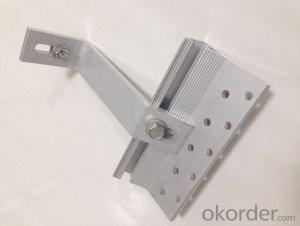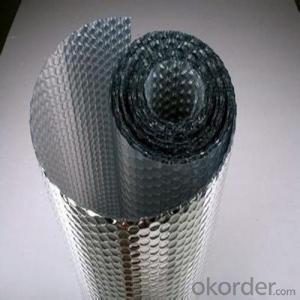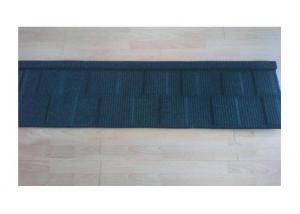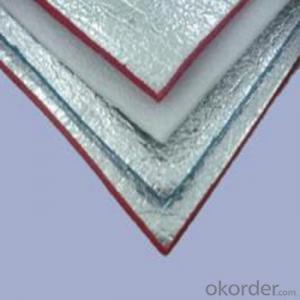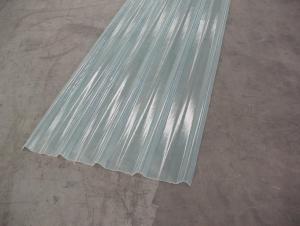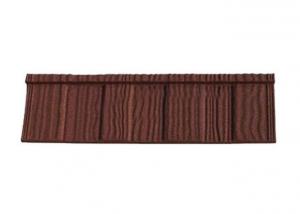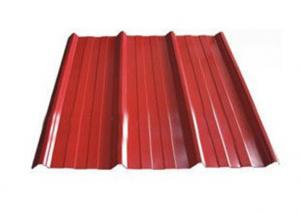Able Roofing
Able Roofing Related Searches
Asphaltic Roofing Enduro Roofing Everlast Roofing Iko Roofing Corrigated Plastic Roofing Retractable Deck Roof Iso Roofing Sequentia Roofing Roof Heating Cable Roof Polycarbonate Anderson Roofing Flexible Netting Malarkey Roofing Tamko Roofing Solid Polycarbonate Roofing Industrial Roofing Baker Roofing Felt Paper Roofing Contemporary Roofing Materials Synthetic Felt Roofing Flat Roof Solar Racking Roof Cement Attaching Solar Panels To Roof Interstate Roofing Sip Roof Wavy Plastic Roofing Aluminum Shake Roofing High Quality Roofing Felt Spray Foam Roofing Modular Roof PanelsAble Roofing Supplier & Manufacturer from China
Able Roofing offers a comprehensive range of roofing products designed to meet the diverse needs of various construction projects. Their product line includes high-quality roofing materials such as asphalt shingles, metal roofing, and roofing underlayment, which are engineered to provide excellent protection and durability. These products are widely used in residential, commercial, and industrial settings, ensuring that they can withstand the test of time and provide a reliable shield against harsh weather conditions.The roofing products from Able Roofing are known for their exceptional performance and are specifically designed to cater to different application scenarios. Whether it's a new construction project or a roof replacement, these products offer a perfect blend of aesthetics and functionality. They are also suitable for various climates and weather conditions, ensuring that they can provide optimal protection to the structures they are installed on. This makes them a popular choice among contractors, architects, and homeowners alike.
Okorder.com is a leading wholesale supplier of Able Roofing products, boasting a vast inventory that caters to the needs of customers worldwide. By partnering with Able Roofing, Okorder.com ensures that customers have access to a wide range of high-quality roofing materials at competitive prices. Their extensive inventory allows customers to find the perfect solution for their specific roofing needs, making Okorder.com the go-to destination for all roofing product requirements.
Hot Products
